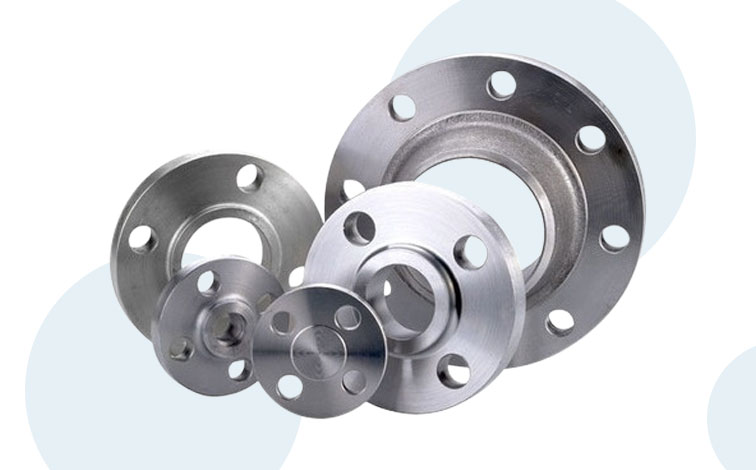Applications for PH steels include
- Aerospace Components
- Flat springs
- Retaining rings
- Oil and petroleum refining equipment

They are usually divided in three groups:
Standard Duplex
Grade EN 1.4462 initially developed. and represents the “mid-range” of properties and is perhaps the most used today
Super Duplex
Grade EN 1.4410 up to so-called Hyper duplex grades developed later to meet specific demands of the oil& gas as well as those of the chemical industries. They offer a superior corrosion resistance and strength but are more difficult to process because the higher contents of Cr, Ni, Mo, N and even W promote the formation of intermetallic phases, which reduce drastically the impact resistance of the steel.
17-4 PH is a martensitic, chromium-nickel-copper precipitation-hardening stainless steel. 17-4 PH stainless steel is capable of attaining a wide range of strength and toughness properties depending on the precipitation or aging temperature used in hardening. Its valuable combination of high strength, good corrosion resistance and toughness in both base metals and welds gives designers opportunities to add reliability to their products while simplifying fabrication and often reducing costs. High strength is maintained to approximately 600°F (316°C). This material has good resistance to stress corrosion cracking in the lower strength conditions.
Applications for PH steels include